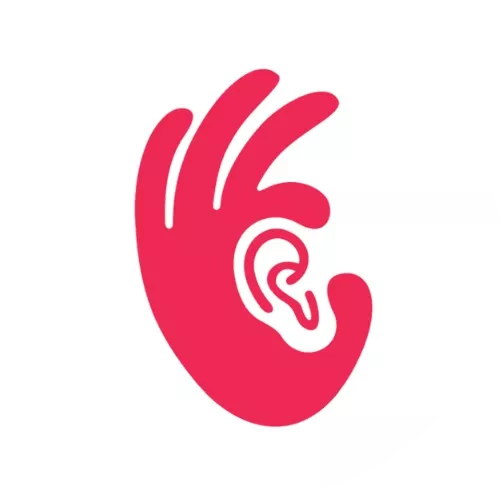The ear has three main parts: outer, middle, and inner ear. Sound waves pass through the outer ear and cause the eardrum to vibrate. The eardrum and three small bones of the middle ear make the vibrations bigger as they travel to the inner ear. There, the vibrations pass through fluid in a snail-shaped part of the inner ear, known as the cochlea. Attached to nerve cells in the cochlea are thousands of tiny hairs that help turn sound vibrations into electrical signals. Electrical signals are transmitted to the brain. The brain turns these signals into sound.
Types
Hearing loss happens when something affects your hearing system. You may have trouble understanding, following, or participating in conversations. There are three types of hearing loss: conductive, sensorineural, and mixed hearing loss. In conductive loss, something keeps sound from passing through the outer ear or middle ear. As for sensorineural, it happens when something damages the inner ear over time, rarely happens very quickly. For mixed loss, it is a combination of both sensorineural and conductive loss.
Causes
Many things can cause hearing loss. For example, short-term or sudden exposure to very loud noise. For conductive loss, the causes may include earwax built up in ear, presence of fluid in middle ear, middle ear infection, ruptured eardrum, Eustachian tube issues, and congenital conditions (conditions present at birth).
Causes that damage or lead to loss of hair cells in inner ear including aging, loud noise, illness (like heart disease, hypertension, or diabetes), certain inherited conditions, head trauma, some medicines, and congenital infections.
Mixed hearing loss is a combination of conductive and sensorineural hearing loss. That means it affects the outer and middle ear as well as the inner ear. For example, if you take medications that affect the inner ear and accidentally rupture the eardrum, it means you have mixed hearing loss.
Prevention Strategies
There are many options available to help prevent hearing loss depending on your diagnosis and circumstances. However, there are some types of hearing loss that cannot be prevented. For example, hearing loss develops as you grow older. For conductive hearing loss, try not to stick anything into the ear canal including cotton swabs as these objects could become lodged in the ear canal and may cause an eardrum rupture. It is also important to speak with health professionals if they notice any ear pain, ear discharge, or repeated ear infections.
As for sensorineural loss, you can try to avoid loud sounds and noise if can. If you cannot avoid the loud sound, then you should protect your ears with earplugs or earmuffs. If you are using a personal music player, set the volume at a moderate level, avoid turning up the level to try and drown out other background noise. You also can get regular exercise to help prevent health issues that can cause hearing problems like diabetes and manage any chronic illness to prevent further damage. Lastly, have your hearing tested once a year by an audiologist.
Take Action for Your Hearing Health
Protect your hearing by taking preventive measures. Make an appointment with an audiologist and seek advice today!
Halimatul Ummirah, Clinical Audiologist at 20dB Hearing Sitiawan















